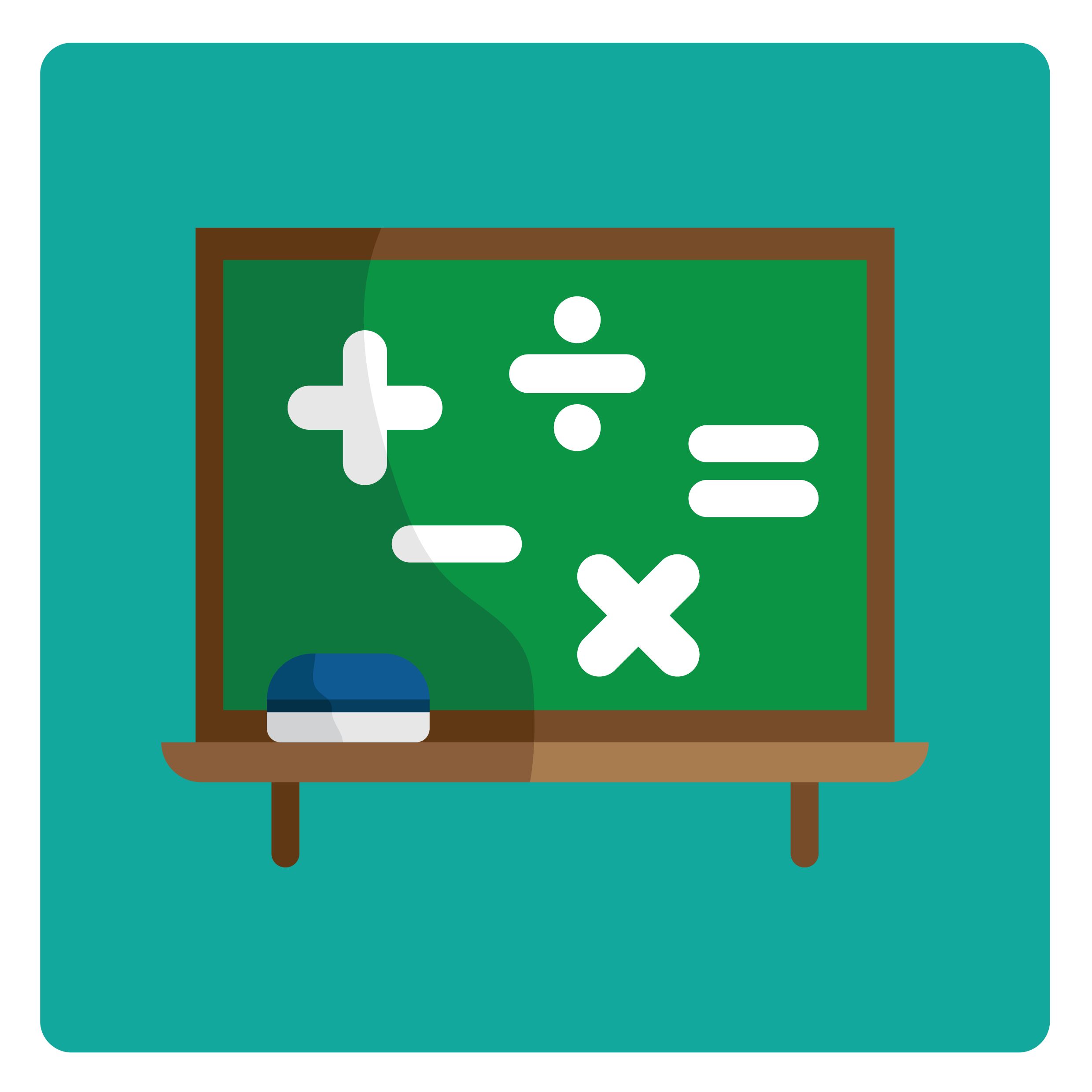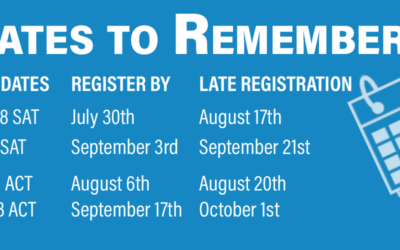In the first part of my series on quick things students can do to help them improve their math score I focused on how silly mistakes are more likely than not the biggest culprit of low scores. In this second series I want to highlight another concept that can help students get an edge on a difficult test, and that is mental strategy.
Mental strategy is a much more important concept than people might realize. Many students take the SAT multiple times with idea of “I just need to do better than last time.” While this is ostensibly a good idea, it is a completely nebulous goal that keeps the student from focusing on a tangible goal.
One way to help with this is for students to take a close look at their SAT scores and find out exactly how many they got wrong. Many students are not aware that a 500 on the Math section of the SAT is on average a 47%-50%.
So a student only has to answer half of the questions correctly to get a 500. A 600 on each section is only 67%, which translates to getting about 20 questions wrong out of 58 total. This is a pretty competitive score in the college landscape.
Setting solid goals, such as specific numbers of additional questions to get correct on each section, enable the student to focus on an achievable and measurable goal rather than just trying to “do better.”
When students try to focus on the whole test equally, many give too much time to hard questions they have little or no chance of answering, which in turn takes their attention away from questions that are much easier to easier and deserve much more attention. During the test, once students feel like they met their goal of questions answered correctly, every other question after that is going to be like a bonus.




